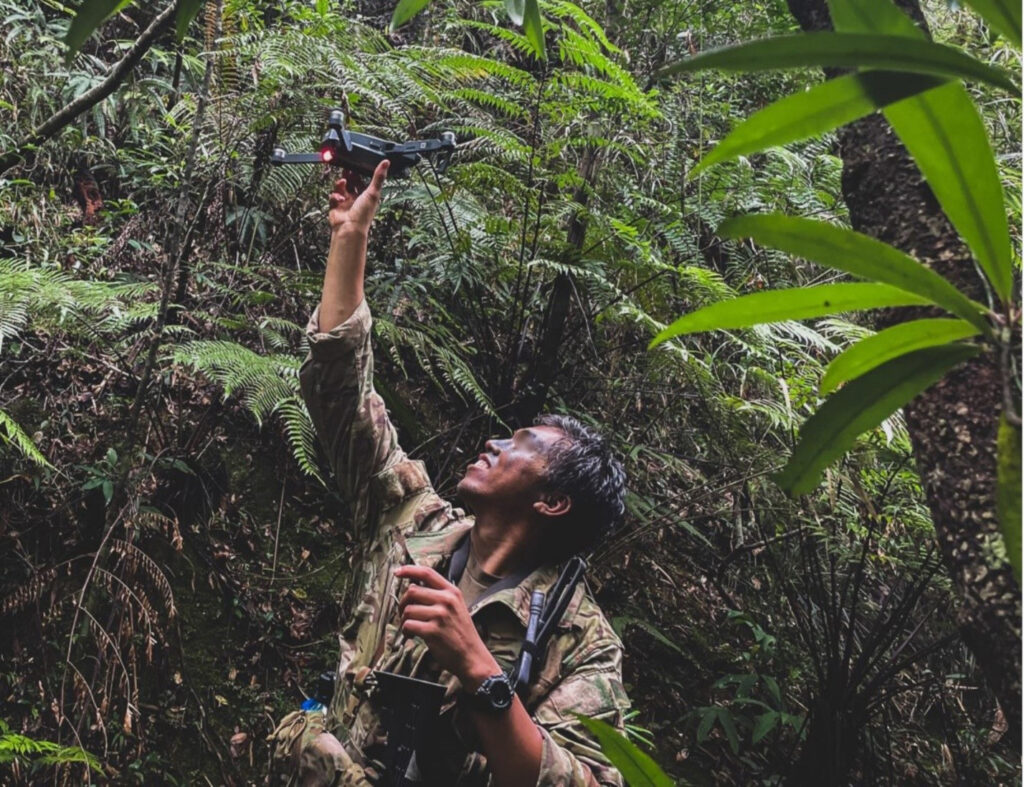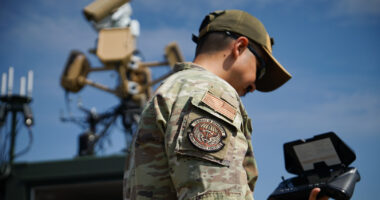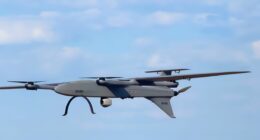Lockheed Martin’s Skunk Works and Spanish firm Arquimea have just dropped a major upgrade in tactical ISR: an AI-driven anomaly detection system designed to elevate visual intel to a whole new level.
Built to enhance electro-optical/infrared sensors, the tech lets ISR platforms spot subtle changes in a threat’s physical features and flag any anomalies that might slip past the human eye.
Moreover, the system doesn’t just scan more, it scans smarter.
By using AI and machine learning, it can predict image characteristics that aren’t visible from certain angles, reducing how often sensors need to scan.
That means less guesswork, more insight.
“As a global technology leader, Lockheed Martin is collaborating with Spanish industry to drive innovation and transformation, strengthen deterrence, and foster a dynamic ecosystem,” Lockheed’s West Europe VP Emanuele Serafini said.
“Our work with Arquimea is on a pivotal research and development initiative, driving advancements in artificial intelligence and machine learning.”
How It Works
At its core, the system acts like a smart filter for aerial data: drones gather fresh visuals, compare them to stored memories, and machine learning algorithms step in to flag anything out of the ordinary.
That includes hidden threats, environmental changes, or mechanical failures — before they even cause damage.

In recent demos, the Skunk Works and Arquimea team put their tech to the test, sending a small uncrewed aerial system through a dense jungle simulation.
Even when flying blind from new angles, the system pulled from its “memory” to build fresh perspectives, using neural networks to spot subtle changes in the terrain.
“This approach allows ISR platforms to do more than just compare images and helps AI systems handle situations they’ve never encountered before,” Lockheed explained.
The applications don’t stop there. The same tech can also boost autonomous flight and search algorithms to react to threats faster and think smarter.
Looking ahead, the team plans to integrate the system into more sensors and autonomous platforms in 2025.









